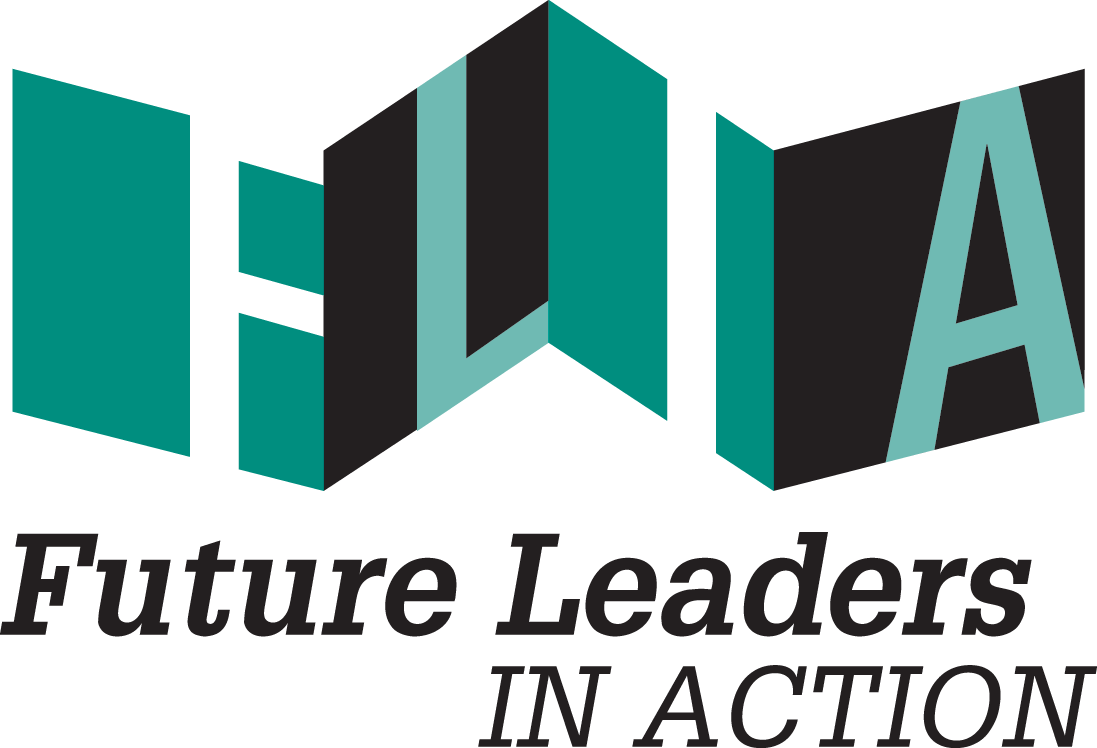Sitting on the floor in my parent's house with a cup of tea and sweatpants on, scrolling LinkedIn and sites like Indeed and Career Builder, the fear started to rise. I completed degrees in Biology and Women’s Studies, defended my choices against the frequent “what are you going to do with those”, gained leadership and research experience, and yet the small voice of doubt in my head was growing larger. After scrolling through pages of jobs, none of which I was qualified for, I stumbled upon a job labeled “Communications Program Fellow with YSS”. I was ecstatic! As a person who had ties to organizations promoting health and equality, YSS was a very familiar non-profit that I had aspirations of working for in college. The job advertised the ability to work on a project short term, make more money than I was going to make working a couple of part-time jobs, and provide me the skills and confidence to become a better applicant in the future. The job entailed designing a website for Teens Against Human Trafficking teams as well as distributing general information about the risks of human trafficking.
Knowing that teens across the state are standing up against human trafficking and educating their communities is inspiring.
The Department of Homeland security defines human trafficking as “human trafficking involves the use of force, fraud, or coercion to obtain some type of labor or commercial sex act” (https://www.dhs.gov/blue-campaign/what-human-trafficking). Anyone can be a victim of human trafficking, regardless of age, gender, race, or ability, although sex trafficking disproportionately affects women and children. Human trafficking has global implications and the International Labor Organization estimates that globally there are 40.3 million victims trapped in the one-hundred and fifty billion dollars a year industry (https://www.ilo.org/global/topics/forced-labour/lang--en/index.htm). The Polaris Project estimates that the total number of victims in the U.S. “reaches hundreds of thousands when adults and minors of sex trafficking and labor trafficking are aggregated” (https://polarisproject.org/). In the U.S. sex trafficking makes up the largest portion of victims with the average age of entry between 14 and 16 years old (https://humantraffickinghotline.org/states).
[Teens Against Human Trafficking] teams raise awareness of human trafficking by providing schools and students with training, tools, and information needed to lead prevention efforts.
Trying to fight such a large and profitable industry is incredibly difficult as it requires widespread education, radical institutional change, and preventative measures, among many other tactics. There is increasing evidence that peer education is an important tool in harm reduction, with the most cited studies involving peer education strategies reducing some of the harmful behaviors associated with HIV transmission (https://www.ncbi.nlm.nih.gov/pmc/articles/PMC3927325/). Colleges have started creating peer education groups on campuses to encourage healthy choices and holistic wellbeing. As peer education groups are proving to be a useful resource in promoting healthy living in younger demographics, the possibilities are exciting. The Teens Against Human Trafficking teams are an extension of these new tactics. TAHT teams believe youth are the best advocates for other youth and TAHT teams raise awareness of human trafficking by providing schools and students with training, tools, and information needed to lead prevention efforts (http://www.ampiowa.org/en/shots__clips/human_trafficking/teens_against_human_trafficking_taht/). As peer education groups are proving to be a useful resource in promoting healthy living in younger demographics, the possibilities are exciting. A local Iowa teen, Lexi O’Connor, founded TAHT and as of 2018 120 schools were participating in 43 counties in Iowa.
Knowing that teens across the state are standing up against human trafficking and educating their communities is inspiring. With a grant, YSS was able to extend the programs to reach and provide new supporting resources to these groups. Unfortunately, the funding was no longer available and YSS could not dedicate the same intensive resources towards it, but YSS continues to get questions from students and community members wondering how they can get involved in ending human trafficking. The goal of my FLIA fellowship with YSS is to create an intuitive and informative website that provides educational information as well as the resources needed by teens and communities to create their own TAHT teams. I am looking forward to the skills I will learn from this fellowship, especially since it is my first website design project. Education and awareness is the first step in solving the horrors of human trafficking. When I am done with this website I will help empower the community, especially teens, to take action and shape their future and the futures of the people around them.



